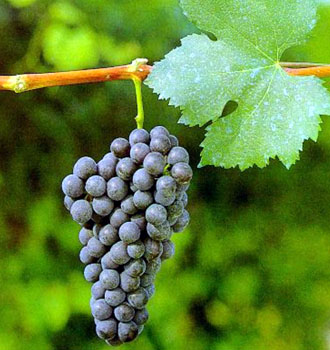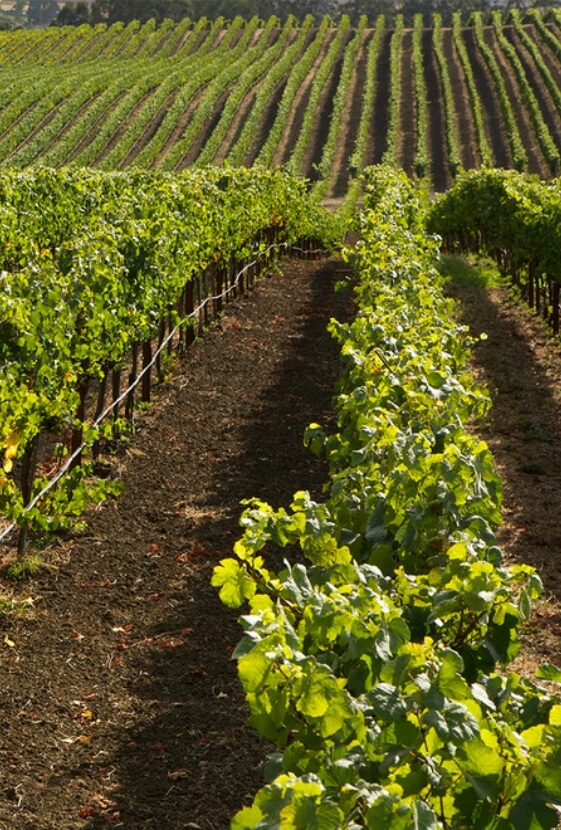
Grape Glossary
Nebbiolo is unblended in Barolo, Barbaresco, Carema, Roero and Nebbiolo d’Alba. It is also the greater part of the blends of Gattinara, Ghemme, Bramaterra and, in Lombardy, Valtellina, Franciacorta Rossa and Sforzato.
Young Nebbiolo can be tough, acidic and tannic, though winemaking technique can shape it to be easier to approach when young. Traditional Nebbiolo matures with decades of aging.
Nebbiolo has roughly 40 different clones, the most important of which are the Lampia, Michet and Rosé. The first two are primary contributors of color and structure. It tolerates various soil types but prefers clay and limestone marl with mineral content. Manganese, magnesium and iron will affect its personality.
The vine is vigorous but with low productivity. It buds early, ripens late and is highly susceptible to coulure (the failure of the flowers to develop into berries), requiring shelter from wind and dry weather at both ends of the growing cycle. It does not do well in warm climates but must be grown on sunny slopes in order to ripen. The fruit is exceptionally high in acid, tannin and extract.
Thought to have originated in Piedmont in the seventh century, Nebbiolo seems to be native to the area around Alba, between Milan and Turin. The name was first recorded in 1268 as Nibiol, from nebbia, or fog, in reference to the mists that blanket Piedmont’s hills on fall mornings, or to the dusty bloom that covers the berries at harvest.
Though it is one of the world’s greatest red vine varieties, Nebbiolo has barely migrated beyond Piedmont due to its extremely particular microclimatic requirements. It is grown in small quantities in Australia, California, Chile, Argentina and Austria.

